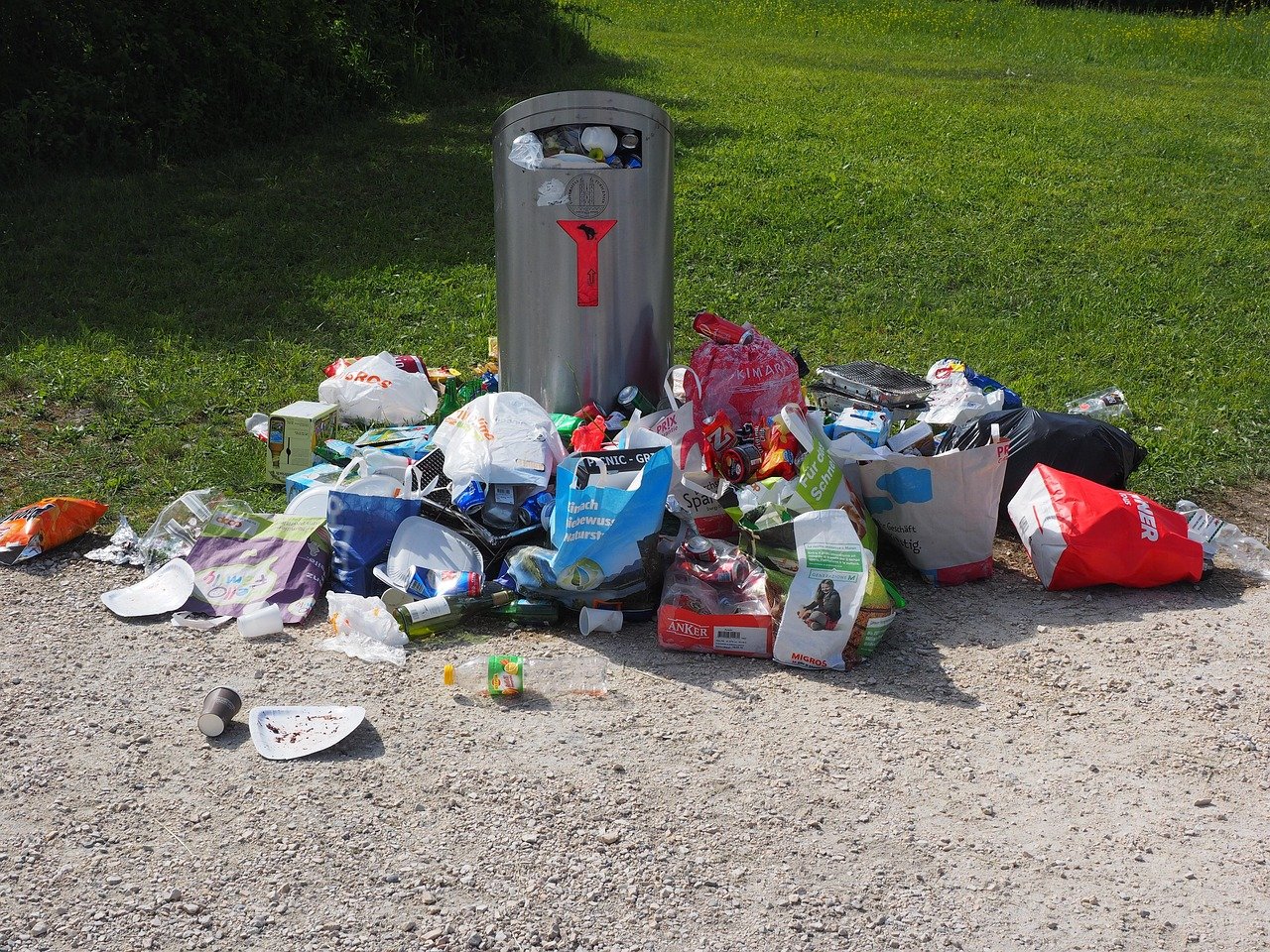Waste-to-Energy Innovation Projects Around Australia

As Australia tackles its mounting waste problem and navigates its clean energy transition, a quiet revolution is taking shape at the intersection of both: waste-to-energy (WtE) innovation. By converting residual waste into electricity, heat, or fuel, WtE projects are gaining ground across the country — reshaping the way we think about trash and energy.
Why Waste-to-Energy Now?
With more than 74 million tonnes of waste generated in 2023, Australia is under pressure to reduce landfill use and cut carbon emissions. At the same time, states are phasing out traditional waste export models following the Recycling and Waste Reduction Act 2020. These combined pressures have made WtE not just viable — but necessary.
“We’re dealing with both a waste crisis and an energy opportunity,” says Dr. Leanne Hobbs, energy systems analyst at the University of Newcastle. “WtE provides a bridge between those worlds — it’s not the end-all solution, but a key piece of a cleaner puzzle.”
Western Australia: Australia's First Large-Scale WtE Plant
In 2023, the Kwinana Waste to Energy plant opened just south of Perth. It’s the nation’s first large-scale WtE facility and represents a milestone in national infrastructure.
- Capacity: 400,000 tonnes of residual waste annually
- Energy Output: Up to 36MW — enough to power 50,000 homes
- Partners: Avertas Energy, Macquarie Capital, Veolia
The facility uses a moving grate combustion process to convert residual waste into steam, which drives turbines to produce electricity. Metals are recovered from ash, and the remaining ash can be used in construction materials.
“Kwinana is proof that waste doesn’t have to be wasted,” said WA Environment Minister Reece Whitby.
Queensland: The Eastern Energy Revolution
Queensland is aiming to become the east coast’s leader in WtE. The Remondis Swanbank Renewable Energy and Recycling Centre near Ipswich is one of the largest projects in planning.
Expected to process over 500,000 tonnes of residual waste annually, the plant promises to generate enough electricity to power 80,000 homes and reduce methane emissions from landfill.
“Swanbank has the potential to close the loop on urban waste,” says Kate Dunning, Circular Economy Program Director at Remondis. “This is about energy recovery — not energy replacement.”
Victoria: Innovation Through Anaerobic Digestion
In contrast to combustion-based WtE, Victoria is investing in anaerobic digestion — the biological breakdown of organic waste in oxygen-free environments.
The Yarra Valley Water’s ReWaste facility has expanded operations to accept commercial food waste from supermarkets and hospitality venues. The resulting biogas is used to generate both electricity and heat.
- Organic waste diverted: 33,000 tonnes per year
- Energy produced: Enough to power 1,500 homes
In 2025, the Victorian government allocated $28 million toward expanding anaerobic digestion and composting infrastructure through its Waste to Energy Fund.
South Australia: Gasification on the Horizon
South Australia, known for its early adoption of renewables, is now exploring gasification — a process that converts carbon-rich waste into synthetic gas (syngas) without combustion.
The proposed Port Augusta Gasification Plant would process agricultural and municipal waste, converting it into hydrogen-rich syngas for industrial use and potential export.
“We’re looking beyond just electricity — we’re looking at fuels, chemicals, and export opportunities,” says Dr. Arun Patel, lead engineer at CleanSouth Technologies.
Challenges in Waste-to-Energy Rollout
Despite its promise, WtE faces a mix of regulatory, environmental, and community challenges:
- Air emissions: Some communities worry about dioxins and particulates, despite advanced filtering systems.
- “Burn or recycle” debate: Critics argue WtE may discourage recycling if not tightly regulated.
- Planning delays: Large projects often take 5–7 years from concept to commissioning.
In 2024, the Federal Government released a National Waste-to-Energy Framework to clarify environmental standards and align state-based regulations.
Community Perspectives
Community engagement remains vital. In many areas, misinformation and lack of consultation have sparked local opposition.
In Western Sydney, a proposed WtE plant was put on hold in 2023 after community backlash. “It’s not about being anti-WtE,” said resident advocate Sophie Lai. “It’s about being pro-transparency.”
Successful projects, like Kwinana and ReWaste, often highlight early engagement and third-party environmental audits as key trust-builders.
Waste-to-Energy in the Circular Economy
Experts stress that WtE should sit within — not replace — a comprehensive circular economy model. “WtE is for residual waste, not recyclable materials,” says Dr. Hobbs.
The Waste Hierarchy remains relevant: reduce, reuse, recycle — and only then recover energy.
Looking Ahead: A National WtE Strategy?
As more projects come online, industry leaders are calling for a coordinated national roadmap that includes technology diversity (combustion, digestion, gasification), environmental safeguards, and equitable funding.
“We can’t let each state go it alone,” says Paul Jameson of the Australian Energy Infrastructure Council. “Waste and energy are national concerns. Our approach should reflect that.”
With advances in carbon capture, smart grids, and bioenergy markets, Australia’s WtE future may hold both environmental and economic dividends.
Conclusion: From Waste Crisis to Energy Opportunity
Waste-to-energy isn’t a silver bullet — but it is a powerful tool in Australia’s transition toward sustainability. With innovation, regulation, and community engagement working hand in hand, Australia has the potential to turn one of its most pressing environmental challenges into a source of resilience and renewal.